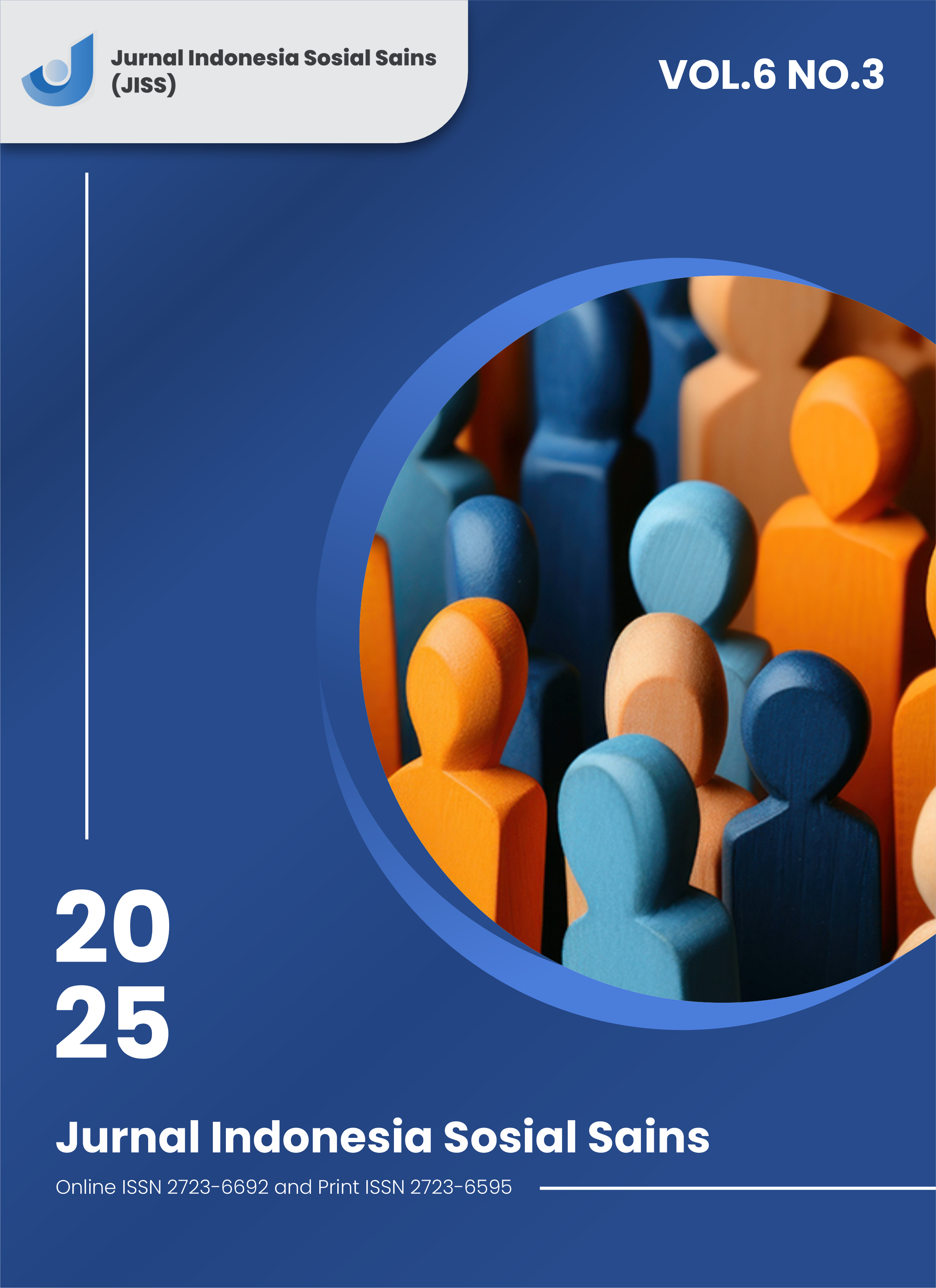Interpretation of Message and Religious Fanaticism Among Generation Z
DOI:
https://doi.org/10.59141/jiss.v6i3.1648Keywords:
Generation Z, Messages, Social Media, FanaticismAbstract
Generation Z, as active users of social media, especially YouTube, has great potential in absorbing and interpreting religious messages. This study aims to analyze how students of the Mulawarman University Center for Islamic Studies interpret religious messages delivered through Ustadz Khalid Basalamah'. s YouTube channel, as well as their relationship with religious fanaticismA qualitative phenomenological approach is used to explore the meaning of messages based on the theorystimulus-organism-response (S-O-R) . Data were collected through in-depth interviews with selected informants using methodpurposive sampling, and supported by observation. The results showed that YouTube acts as the main media for informants to access complete religious studies. At the stimulus stage, individual beliefs and needs influence the meaning of the message. At the stageorganism , informants process messages according to their preferences and form responses that reflect their beliefs. The resulting responses vary from attitude change to fanaticism. Social media is proven to change individuals' religious views, ways of thinking and attitudes. However, a superficial understanding of messages can lead to fanaticism. This research emphasizes the importance of deep understanding in interpreting religious messages, in order to prevent negative impacts such as excessive fanaticism.
Downloads
Published
How to Cite
Issue
Section
License
Copyright (c) 2025 Galang Nur Insani, Ainun Ni'matu Rohmah, Kadek Dristiana Dwivayani, Nurliah Nurliah

This work is licensed under a Creative Commons Attribution-ShareAlike 4.0 International License.
Authors who publish with this journal agree to the following terms:
- Authors retain copyright and grant the journal right of first publication with the work simultaneously licensed under a Creative Commons Attribution-ShareAlike 4.0 International. that allows others to share the work with an acknowledgement of the work's authorship and initial publication in this journal.
- Authors are able to enter into separate, additional contractual arrangements for the non-exclusive distribution of the journal's published version of the work (e.g., post it to an institutional repository or publish it in a book), with an acknowledgement of its initial publication in this journal.
- Authors are permitted and encouraged to post their work online (e.g., in institutional repositories or on their website) prior to and during the submission process, as it can lead to productive exchanges, as well as earlier and greater citation of published work.












